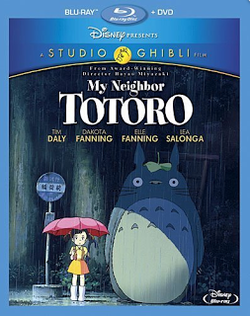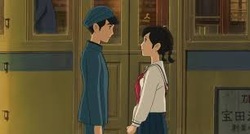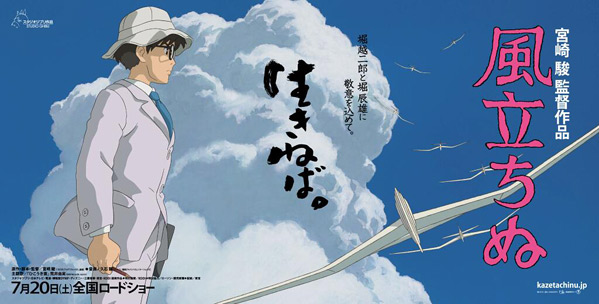I had the immense privilege to attend the New York Film Festival on Saturday 28th of September, and watch a screening of The Wind Rises. Being Hayao Miyazaki's last film (as far as we know), and a Studio Ghibli creation, expectations were high. I, along with a vast audience of maybe 300 people, got to enjoy a wonderful story the way it should be enjoyed: on the big screen, with fellow enthusiasts and loved ones held close. *The original article can be found here*
 If you are an avid Studio Ghibli watcher, you know that many of Hayao Miyazaki's films incorporate some of the toughest themes to be covered by animated films. Studio Ghibli doesn't just do coming-of-age stories (Kiki's Delivery Service, My Neighbor Totoro), or romance based stories (Only Yesterday, Whisper of the Heart) they also do fantastical moral stories (Spirited Away, Howl's Moving Castle). But the biggest theme Studio Ghibli covers is the theme of the morality of war and violence (or lack thereof). From Miyazaki's pre-Studio Ghibli days, Nausicaä of the Valley of the Wind, to his most noted, Princess Mononoke, and even his most recent, The Wind Rises, Hayao Miyazaki chooses to highlight humanity in the midst of violent turmoil, and war. But the reasons the studio chooses to do so can be more striking than the films themselves.
*The original article can be found here.*
 My Neighbor Totoro, while being one of Studio Ghibli's most important films, is also director Hayao Miyazaki's most universally iconic. Riding off the success of Nausicaa of the Valley of the Wind (1984) and Castle in the Sky (1986), Miyazaki decided to take a leap of faith and do something that would hit a little closer to home for him. Studio Ghibli's two previous films had garnered their success by playing to the public desires of animation at the time; magic, fantasy and futuristic plots and themes were extremely popular in Japan, and it was thought that anything else would prove to be a failure. But My Neighbor Totoro proved to be everything but a failure, eventually becoming a globally recognized figure, and being adopted by Studio Ghibli as their logo/mascot. Originally released in 1988, it actually took 10 years for Miyazaki to fully develop the story, while still making changes halfway through production. The idea for the film came during a time when Miyazaki was most unhappy about his career. He had just been offered to do a children's show on a Japanese television network, but he knew if he accepted, he would be giving up his own artistry and point of view. So, instead, he began writing what he thought would be a children's book, which ended up being a life-changing story. *The original article can be seen here.*
 **This review is mostly spoiler free, but proceed with caution.**
Studio Ghibli has been known for its amazing imagery and intricate storytelling, incorporating everything from the supernatural ( Kiki's Delivery Service), to the futuristically natural ( Nausicaa of the Valley of the Wind), to the anachronistically wonderful ( Castle in the Sky). However, every once in a while they do something a little different. Similar in tone and approach as Only Yesterday, From Up on Poppy Hill is a rarity in the world of animated films. It attempts to balance a coming-of-age romance story, with the pivotal self discovery of our two protagonists. *The original article can be seen here.*
|




 RSS Feed
RSS Feed